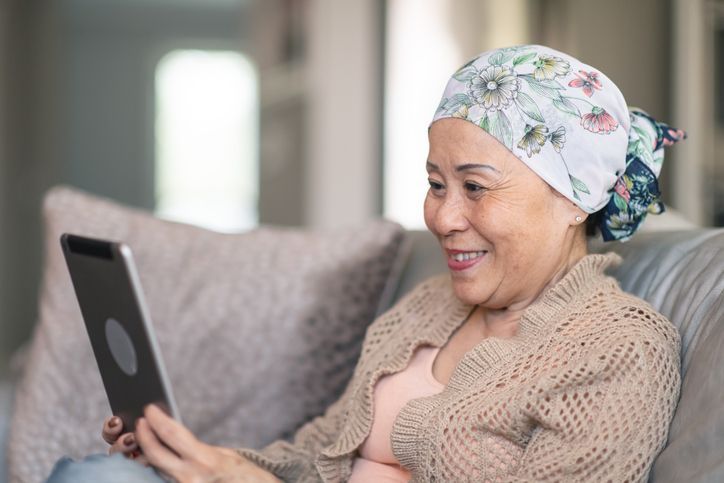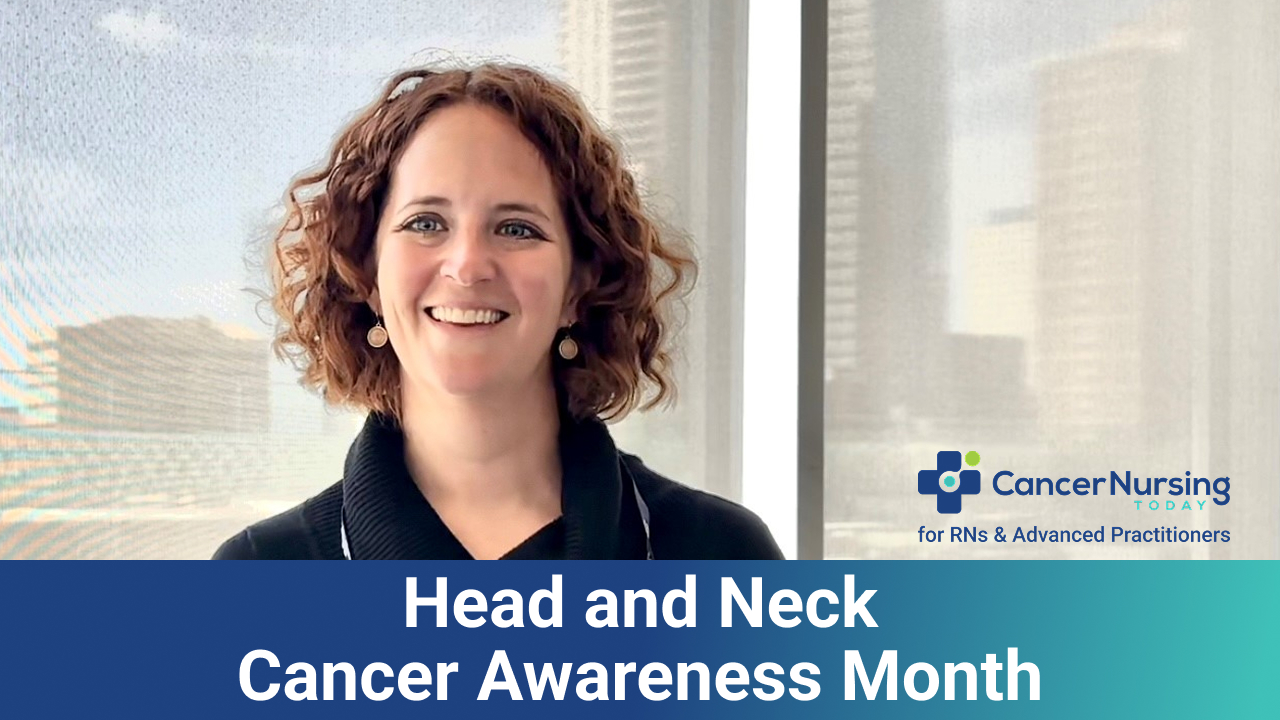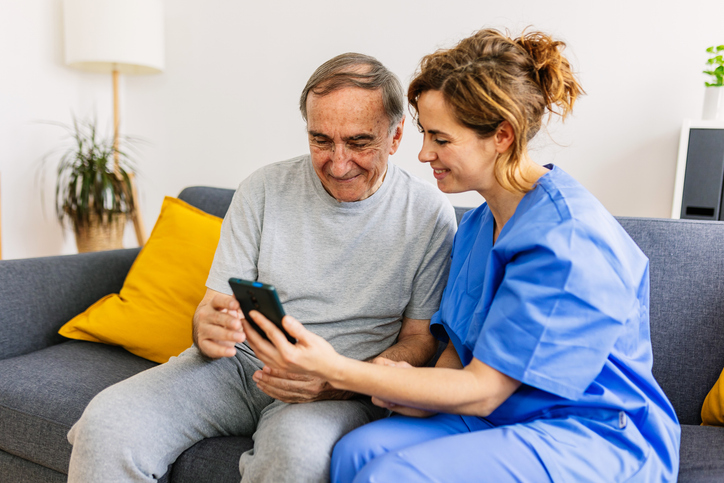
Lymphedema is a common complication after breast cancer surgery, affecting approximately 1/5 people, that often creates long-term functional and quality of life impairments. After the axial or sentinel lymph node removal, the flow of lymph within the lymphatic system is blocked, causing swelling. While some lymphedema may develop in the days or weeks after surgery, lymphedema that appears slowly over months and years is particularly difficult to manage. Without early intervention, lymphedema often leads to the worsening of symptoms and is especially difficult to manage.
A group of researchers led by Leonie Naumann, a physiotherapist from the Royal Brisbane and Women’s Hospital and Griffith University in Australia, recently attempted to improve current lymphedema treatment protocols by designing a telehealth program to provide individuals with education and management strategies. Their results were recently shared in Supportive Care in Cancer. This new telehealth program was compared to standard in-person postoperative support during clinical appointments. While in-person visits allow clinicians to diagnose lymphedema early and initiate tailored management plans, low attendance and compliance inhibit their uptake and efficacy.
The telehealth (videoconferencing) program occurred during the same 4 to 6-week period post-breast cancer surgery as the in-person program. Both groups received of the same 2 appointments occurring on the same day. First, participants attended a 1-hour lymphedema group education session in which they received information about lymphedema along with management strategies. Second, each participant had a 30-minute individualized assessment with a physiotherapist to review their signs and symptoms of lymphedema.
A total of 55 participants were recruited, of whom 28 selected to attend the in-person group and 27 selected the telehealth group. Attendance was perfect in the in-person group (100% attendance); the telehealth group had three withdrawals and two no-shows (81.5% attendance). Satisfaction was high with no significant differences between in-person and telehealth groups. Clinician satisfaction in delivering both types of programs was also high, with minimal technological problems. Costs for participation—which included measures of lost wages, time, and travel related costs for patients and caregivers—favored the telehealth group over the in-person group (mean cost, $36.68 AUD versus $114.58 AUD).
The authors reported that the telehealth program provided a viable model of care for the early detection and management of breast cancer related lymphedema. Satisfaction among patients and clinicians along with cost savings and high self-selection into the telehealth group (49.0%) demonstrated the interest and acceptability of this mode of delivery over traditional in-person visits. A notable limitation is that the telehealth group did not receive bioimpedance spectroscopy to measure extracellular fluid and subclinical lymphedema. While participants in this group self-reported their lymphedema symptoms, this is not an objective, reliable measurement of lymphedema and requires further validation.
Oncology nurses frequently provide lymphedema education to participants along with other pre- and post-surgery education, assessment, and management. Innovating new ways to deliver this important content is critical to ensuring all participants receive the information and support they need to manage lymphedema issues early. Telehealth has widely expanded during the pandemic, and studies such as this provide further evidence that this type of delivery is feasible, acceptable, and economical to patients.







 © 2025 Mashup Media, LLC, a Formedics Property. All Rights Reserved.
© 2025 Mashup Media, LLC, a Formedics Property. All Rights Reserved.